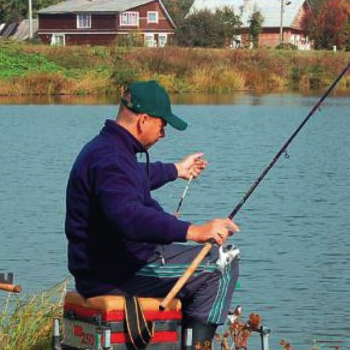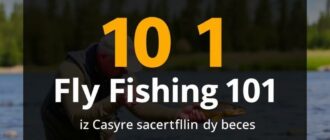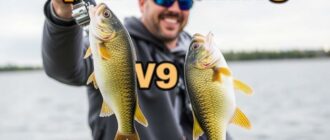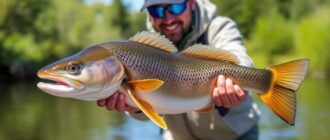- Why Start Fishing? The Joy of a Timeless Hobby
- Essential Fishing Gear for Beginners
- Table: Recommended Beginner Fishing Gear
- Understanding Fishing Basics: How to Set Up Your Line
- Tips for Choosing Bait
- Finding the Right Fishing Spot
- Popular Beginner-Friendly Locations
- How the Time of Day Affects Fishing
- Basic Fishing Techniques for Beginners
- 1. Casting
- 2. Jigging
- 3. Still Fishing
- 4. Retrieval
- Common Mistakes to Avoid When Starting Fishing
- Safety Tips and Etiquette for Beginner Anglers
- Advancing Your Fishing Skills Over Time
- Conclusion
Fishing is often seen as a peaceful escape, a chance to connect with nature, and an exciting challenge all at the same time. If you’re new to this timeless pastime, the idea of starting might feel overwhelming. But the truth is, fishing is one of the most accessible outdoor activities you can try, no matter where you live or your level of experience. This guide will walk you through everything you need to know—from the basic gear to the best techniques for landing your first catch. Whether you want to fish from a boat, a pier, or the shoreline, you’ll find simple, actionable tips to help you get started and enjoy every moment.
Why Start Fishing? The Joy of a Timeless Hobby
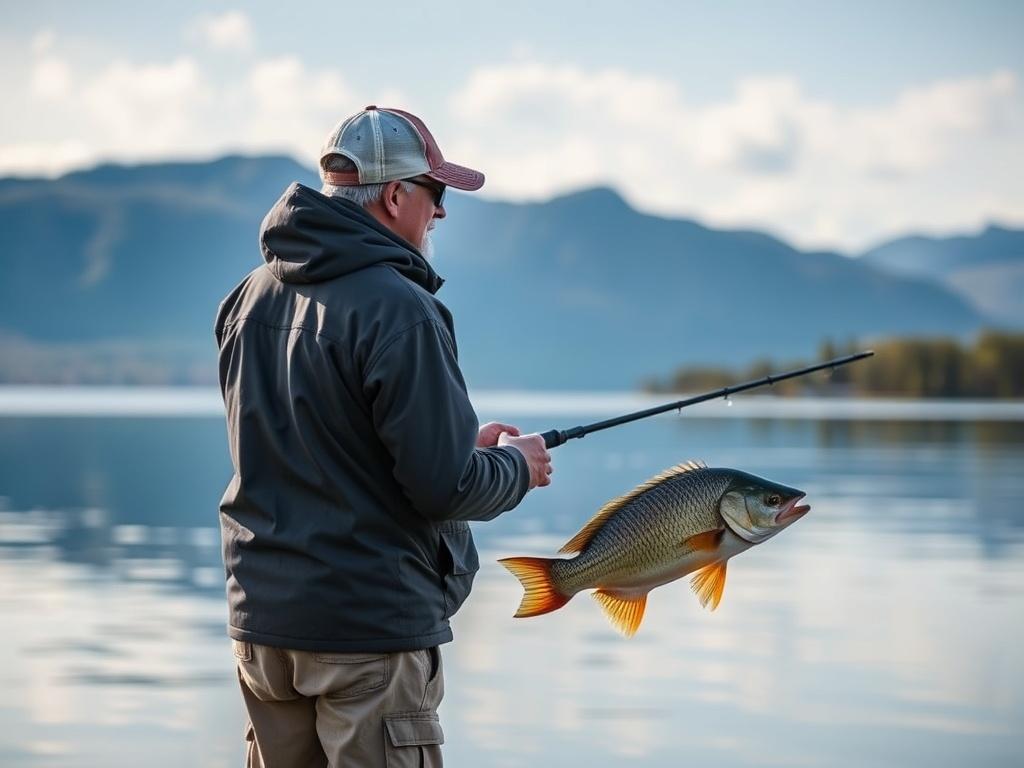
Fishing offers more than just the thrill of catching fish. It provides an opportunity to slow down, observe your surroundings, and develop patience. For many beginners, the calm of the water and the quiet anticipation are as rewarding as the catch itself. Plus, learning to fish opens up possibilities for bonding with friends and family, exploring new places, and enjoying fresh, home-cooked meals from your own catches.
From freshwater lakes to ocean coasts, fishing is an activity that suits a wide range of lifestyles and interests. It doesn’t require expensive equipment or prior knowledge. With some basics down, anyone can head out and enjoy the experience.
Essential Fishing Gear for Beginners
Before you cast your first line, you’ll want to gather some basic equipment. The good news? You don’t need the most high-tech setup—just the essentials to get started. Here’s a list of key gear every beginner should consider:
- Fishing Rod and Reel: A medium-action spinning rod and reel combo is perfect for beginners. It’s versatile and easy to use.
- Fishing Line: Monofilament line with 6-12 lb test strength works well for most freshwater fishing situations.
- Hooks: Assorted sizes, ranging from small (#8 or #6) to medium (#2 or #1), cover a variety of fish species.
- Bait and Lures: Live bait like worms or minnows can be effective. Artificial lures such as spinners, soft plastics, or jigs can also work well.
- Bobbers and Sinkers: These help control your bait’s depth and keep your line steady in the water.
- Fishing License: Most places require a fishing license, so check local rules before heading out.
Table: Recommended Beginner Fishing Gear
| Item | Description | Estimated Cost |
|---|---|---|
| Spinning Rod and Reel Combo | Medium-action, 6-7 feet long | $30 — $70 |
| Monofilament Fishing Line | 6-12 lb test strength | $5 — $15 |
| Assorted Hooks | Sizes #8 to #1 | $3 — $10 |
| Live Bait (worms, minnows) | Varies by location | $5 — $15 |
| Artificial Lures | Spinners, jigs, soft plastics | $5 — $20 each |
| Bobbers and Sinkers | Various sizes | $5 — $10 |
Understanding Fishing Basics: How to Set Up Your Line

Once you have your gear ready, the next step is learning how to rig your fishing line properly. This is where you’ll attach your hook, bait, sinker, and bobber in a way that attracts fish and helps you feel when a fish bites.
The simplest rig for beginners is the bobber rig:
- Tie your hook securely to the end of your fishing line using an improved clinch knot.
- Add a small split-shot sinker about 6 to 12 inches above the hook to weigh your bait down.
- Attach a bobber 1 to 2 feet above the sinker. The bobber will float on the surface, indicating when a fish bites.
Using this basic setup, you can cast your bait into the water and watch the bobber for movement. When it darts or disappears underwater, it’s time to reel in!
Tips for Choosing Bait
The type of bait you use depends on the fish you want to catch. Live bait is incredibly effective for many freshwater species like bass, trout, and bluegill. Worms are an excellent all-around choice, and minnows work well for bigger predators.
Artificial lures give you the chance to experiment with colors and shapes that mimic natural prey. For beginners, soft plastic worms, small jigs, or spinnerbaits can cover a variety of situations.
Finding the Right Fishing Spot
Knowing where to fish is a game-changer. Fish tend to hang out in specific areas depending on the time of day, weather, and water conditions.
Popular Beginner-Friendly Locations
- Lakes and Ponds: Still water bodies are often ideal for beginners because they are calm and usually stocked with fish.
- Rivers and Streams: Look for slower moving sections of rivers, often near bends or behind large rocks where fish might rest.
- Piers and Docks: These structures attract a variety of fish and offer easy access without the need for a boat.
- Beaches and Shorelines: Shore fishing can be great for catching species like perch, catfish, and bass.
When choosing a spot, always pay attention to local regulations, safety, and accessibility. Local bait shops and fishing forums can provide helpful tips about the best nearby locations for beginners.
How the Time of Day Affects Fishing
Fish are more active during certain times, usually early morning and late evening. Cooler water temperatures at dawn and dusk encourage fish to feed near the surface. Overcast days can also trigger feeding activity throughout the day, while bright midday sun may make fish retreat to deeper, cooler waters.
Basic Fishing Techniques for Beginners
Fishing doesn’t always require complicated skills. Here are some simple techniques to kick-start your fishing journey:
1. Casting
To cast, hold your rod firmly, open the reel’s bail, and bring the rod tip back over your shoulder. Then, smoothly flick the rod forward, releasing the line so your bait lands gently in the water. Practice makes perfect — short casts at first, then increasing distance as you gain confidence.
2. Jigging
This technique involves moving your lure or bait up and down by lifting and lowering the rod tip. Jigging simulates the movement of injured prey and can entice fish to strike. It’s great when fishing near structures or at varying depths.
3. Still Fishing
Leaving your bait mostly motionless and watching your bobber closely. This method is simple and allows you to relax and observe your surroundings while waiting for a fish to bite.
4. Retrieval
When using artificial lures, slowly reel them in to simulate swimming prey. You can vary speed and add pauses to provoke strikes.
Common Mistakes to Avoid When Starting Fishing
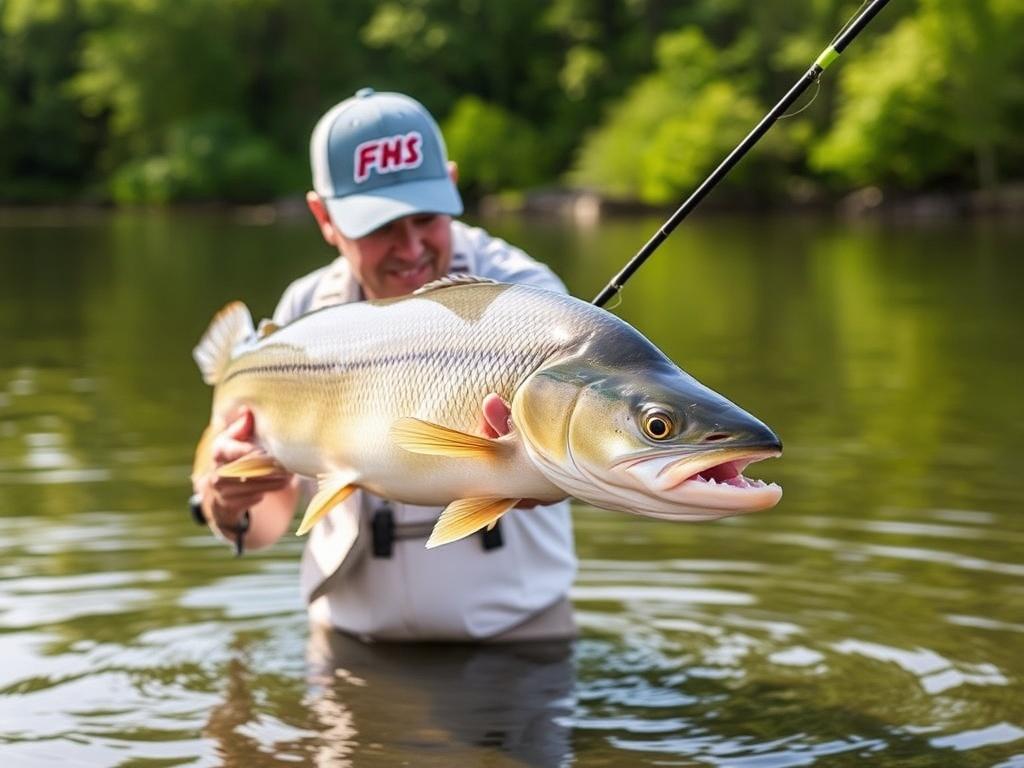
Everyone makes mistakes at the beginning. Recognizing common ones can help you improve faster:
- Using the wrong hook size for your bait or target fish.
- Setting the drag too tight on your reel, causing broken lines.
- Ignoring local fishing regulations and not having a valid license.
- Fishing in poor weather conditions without proper gear.
- Getting frustrated too quickly; patience is key!
Remember, fishing is a learning process. Each trip teaches you something new.
Safety Tips and Etiquette for Beginner Anglers
Your safety and respect for the environment should always be a priority:
- Wear a life jacket when fishing from boats or near deep water.
- Handle hooks carefully to avoid injuries.
- Pack sunscreen, water, and insect repellent for outdoor comfort.
- Respect wildlife and habitats by leaving no trash behind.
- Follow catch limits and release undersized or protected fish.
By practicing good fishing etiquette, you ensure a positive experience for yourself and others who share your passion.
Advancing Your Fishing Skills Over Time
As you grow more confident, you might explore:
- Different fishing techniques like fly fishing or trolling.
- Targeting specific fish species by learning their behaviors.
- Using advanced gear such as fish finders or specialized rods.
- Joining fishing clubs or participating in local tournaments.
- Learning knot tying for stronger setups.
The world of fishing offers endless learning and enjoyment—no matter your starting point.
Conclusion
Starting to fish is one of the most rewarding outdoor activities you can undertake. With simple gear, a little patience, and a willingness to learn, you can enjoy the excitement of catching your first fish and many more after. Remember, fishing is as much about the journey as the catch—embracing nature, honing your skills, and sharing the experience with friends or family makes it truly special. So grab a rod, find a nearby waterway, and discover the timeless joy of fishing for yourself. Happy angling!
Как вам статья?
